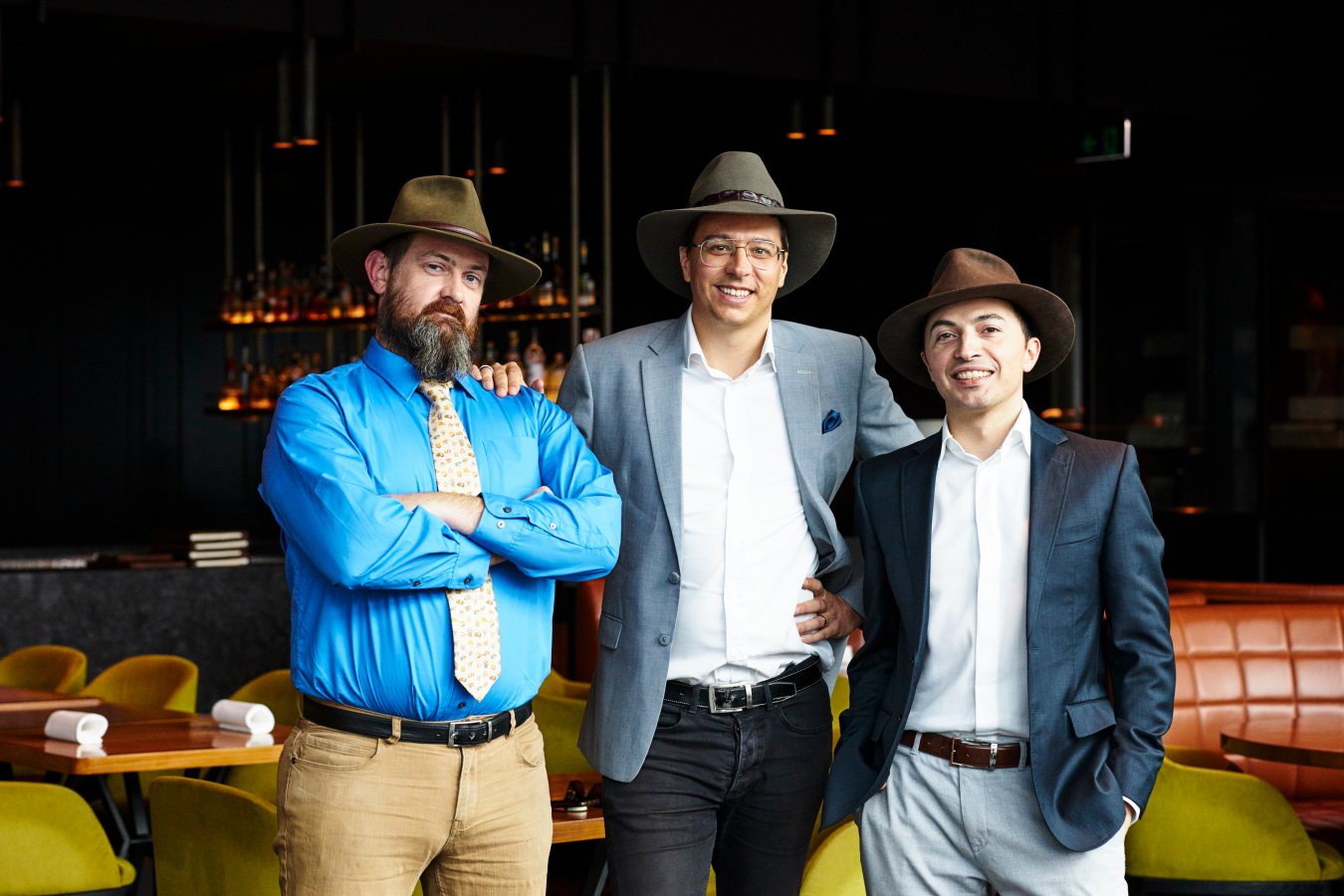Cate Hull knows a lot about transporting peculiar, bulky, ugly goods from one location to the next. Now she is taking her sustainably-focused Australian company FreightExchange overseas to tap into a trillion-dollar global opportunity.
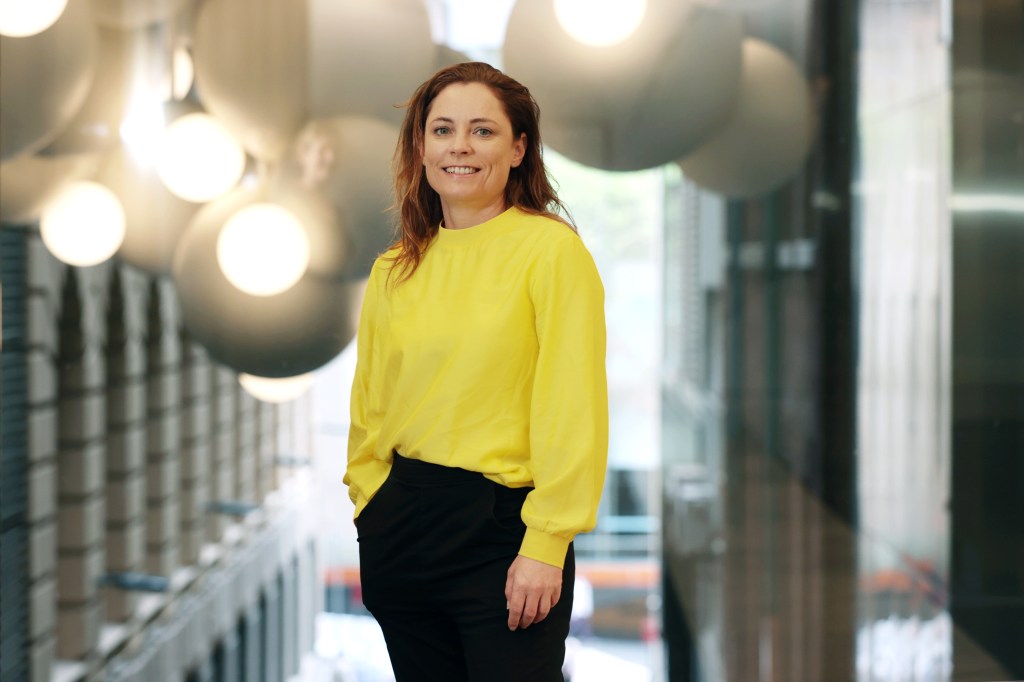
Hull did not coin the term “ugly freight”; it’s a phrase commonly used in the transportation industry, but she has made a thriving business from it.
The CEO and founder started FreightExchange, a software-enabled marketplace for businesses shipping freight, in 2014. A decade later, Hull is expanding the company into the lucrative US market and launching a Co2 tracker to provide sustainability metrics on the freight the firm handles. FreightExchange is revamping the logistics operation for a large beverage retailer in Australia’s corporate drinks delivery business. Earth-moving equipment manufacturer Komatsu recently signed on to significantly increase the scope of work it does with FreightExchange as well.
The secret sauce that sets Hull’s business apart from competitors is automating the variables in each transportation project. “Prawns have a different way of moving to eels, have a different way of moving to bananas, have a different way of moving to potatoes,” she says. “Bananas can’t be packed with capsicums. All those things need different equipment, handling, and companies.”
Accordingly, the freight challenges Hull has overcome over the last decade have resulted in a treasure trove of valuable solutions. “You start accumulating the data and building rules and software and a marketplace of suppliers and customers to streamline those processes. We are becoming more and more algorithmically driven.”
The boost that fuelled the software
In 2020, as supply chains were shutting down and freight was left stranded at ports, Hull was awarded a grant under the (recently cancelled) federal government’s Boosting Female Founders Initiative. The $12-million fund for female founders was unrelated to the COVID-19 pandemic but came at an opportune time for the 51 female-founded start-ups awarded the grants.
FreightExchange received $400,000 to build a SaaS platform that would rapidly integrate transport systems and expedite growth in Hong Kong. The company matched the funds and built a sophisticated platform over the last four years. “Freight is a really old-fashioned industry,” Hull says. “We have done integrations with companies that either did not have any technology or it was built in the 90s. Developing the IP to integrate rapidly is enormous. Likewise, the innovation around pricing has made a big change. It has been an absolute game changer for us.”
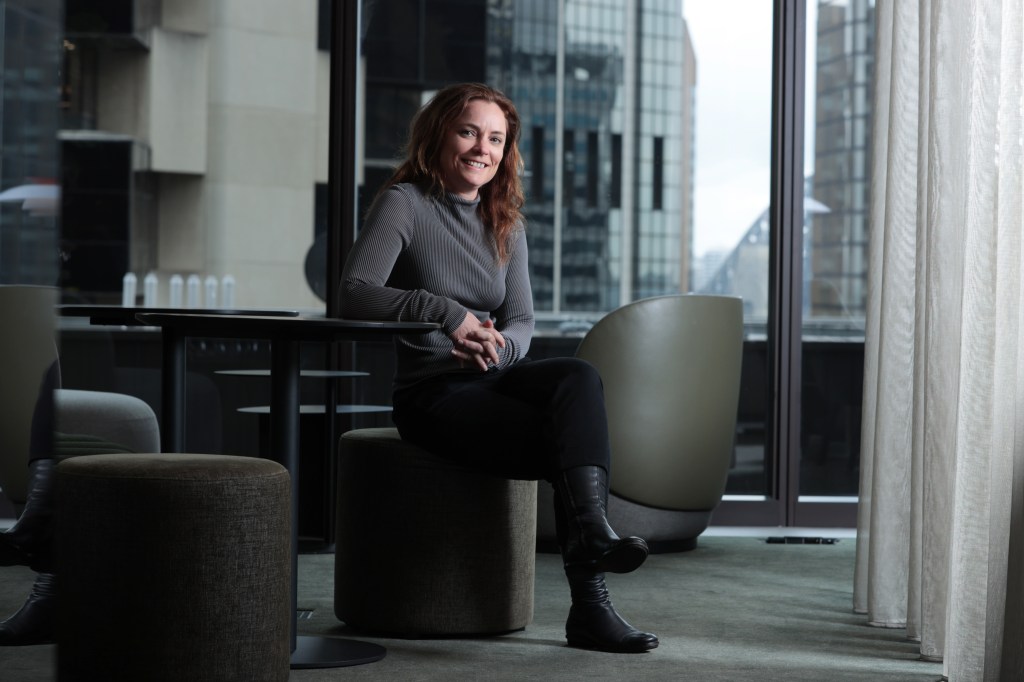
The company had to pull back from operations in Asia throughout the pandemic because of cross-border limitations, but it saw an uptick in domestic business. “Businesses woke up and thought, ‘Ah, we can’t have people in the warehouse’. I can’t do things the way I used to. That was really disruptive. So, the adoption of technologies is increasing rapidly in Australia and North America.”
The international market opportunity
Post-pandemic, FreightExchange is trying its hand in international markets again. The advanced platform it built with the female founder’s grant spearheads growth. “There are 40,000 transport companies in Australia. 2 million in China, 800,000 in the US. There is more than enough space to play – trillions of dollars globally,” says Hull.
Moving into the US market provides great opportunity and simultaneously adds numerous layers of complication, Hull adds, particularly for a company focused on sustainable transportation. “Aircraft put a lot of carbon into the air – a ship with 10 million tons per unit has a far lower carbon footprint but is much slower.” FreightExchange is focused on US land transportation rather than cross-border. “Trains, trucks, and to an extent planes, but they stay in America or Canada. The most carbon-efficient method is to put a full container on a train.”
Another challenge is that US states regulate independently and are not uniform.” It’s an enormous market, and it is still deeply inefficient,” she says. This makes it ripe for disruption. “If we just talk about land transportation – and not e-commerce, just the industrial sector – the addressable market in the US is around $400 million. That’s to take the approach we have today in Australia and do it in the US.”
“When entrepreneurs make an amazing new thing, they eventually need to export it. So, they have got to learn an entirely new industry – export. And there are 15 forms and tariffs, and the goods have to be handed off in 27 different ways.”
Cate Hull
Hull is also interested in the way European companies are approaching shipping. “There will be a future in the EU where people operate with carbon and cost budgets. That’s really the future that we are preparing for – where the head of a company’s supply chain says, ‘Annually, you can burn this much fuel. Choose where and how you do it.’ As soon as you operate under that kind of budget, you think differently about commercial transportation and make very different decisions.”
FreightExchange launched a Co2 reporting initiative this year to provide clarity to customers about the carbon impact of shipping ugly freight. “Freight transportation is responsible for 12% of global CO2 emissions, and many of our customers prioritise the ability to quantify and mitigate the carbon footprint of their freight operations,” Hull said when launching the feature. “Our cutting-edge technology equips customers with the tools to enhance efficiency and accuracy by automating the ingestion, organisation, and reporting processes.”
The FreightExchange vision
Hull’s over-arching objective is to create transparency in the environmental impact of shipping freight. Sustainability was the company’s genesis, even as far back as 2014 when carbon footprints were less scrutinised. “The mission was to take 30% of the trucks off the road. That was the original plan. Our focus is on getting fewer vehicles moving. So, it is about making sure that everything that moves has to move; it moves the least distance and goes in the most efficient way. We pack as much stuff onto that thing as we possibly can.” Machine learning enables the FreightExchange platform to learn and innovate rapidly.
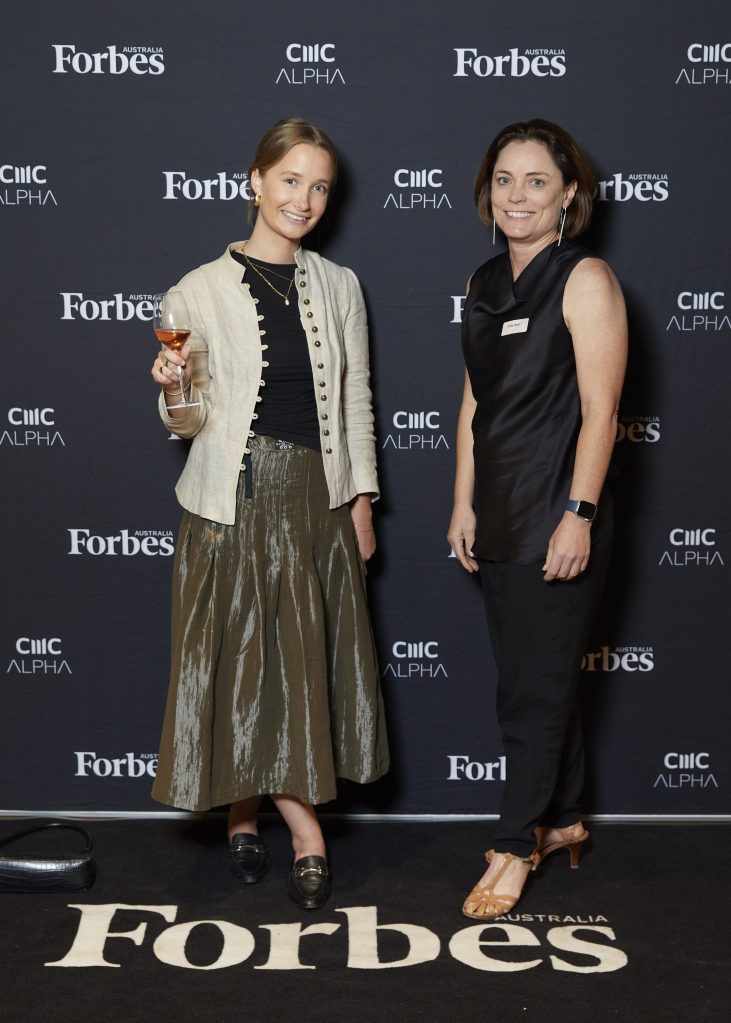
Leveraging data to create change is not something new to the entrepreneur. Before founding FreightExchange, Hull was a consultant, and before that spent 15 years in banking. “I led the
forensic data analytics practice for the EY Asia Pacific region, identifying fraudulent or unusual activities in businesses.” She spent four years working on business modelling at Citibank and five years leading retail bank transformation at CBA. “I got here because I was a data nerd in banking and finance and then went into consulting. There, we built cool things that solved problems for supply chain companies. And it was always very much a focus on the business outcomes. So, how do you improve margins? How do you improve visibility, how do you improve advanced analytics and customer outcomes?”
In 2014, Hull stepped away from consulting and wanted to apply her problem-solving expertise to impact a cause she was passionate about. “I would like to make a material change; make a dent in the amount of carbon we put into the world. The technology we are developing de-risks human jobs, making them easier, automated, simpler, and more predictable.” She chose ugly freight because it was a big industry that few people were tackling with a sustainability focus. “I got to a point where I thought, you know what? I’m good at data, good at customer and building systems. Actually, I could do it. Yeah, actually, I will.”
She credits her family upbringing with giving her the belief in herself that she can achieve whatever she sets her mind to. Hull’s father, brother and sister are engineers. She studied mathematics and psychology, at the University of Queensland, and later, she earned an MBA at UNSW.
The freight-laden path forward
Today, the company has 15 staff, most of whom are software developers. The rapidly changing automotive industry has become a focus for FreightExchange, particularly because electric vehicles have specialised parts, such as batteries and motors, that require delicate handling and delivery.
“To succeed in the constantly changing automotive aftermarket industry, it’s crucial to embrace innovative supply chain management,” a FreightExchange statement says. “Advanced technologies like artificial intelligence, automation, and blockchain are revolutionising logistics and distribution. Anyone in logistics must embrace these innovations or risk losing market share to those who do.”
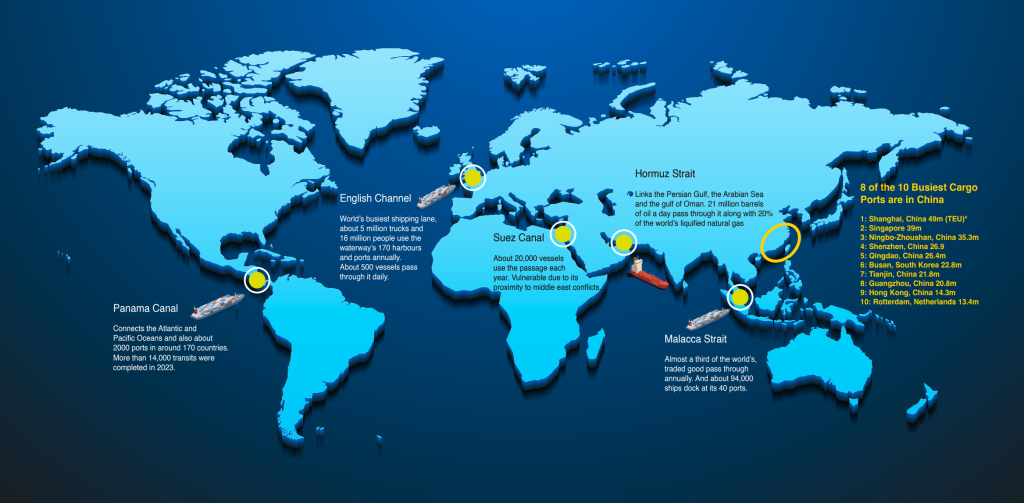
As Hull looks forward to emerging technologies, she also keeps a well-trained eye on the seasonal fluctuations of long-established industries. “If it has been a bumper wheat crop year, every farmer is looking to find trucks, and suddenly, you can’t get transport to get it out of the country. Then it is a drought, and there’s nothing to ship, and the trucks are all going, oh, I need some work,” she says.
The rise of entrepreneurship in Australia and the US also provides opportunities for FreightExchange. “When entrepreneurs make an amazing new thing, they eventually need to export it. So, they have got to learn an entirely new industry – export. And there are 15 forms and tariffs, and the goods have to be handed off in 27 different ways.” Solving challenges for customers is what keeps the job interesting and ensures Hull’s critical thinking and problem-solving skills remain sharp. The analogy she uses is that the FreightExchange looks for simpler, automated ways to find needles in haystacks. “How do we make trade easy for businesses, not just here, but globally?
“That is the problem we’re solving.”
Look back on the week that was with hand-picked articles from Australia and around the world. Sign up to the Forbes Australia newsletter here or become a member here.


